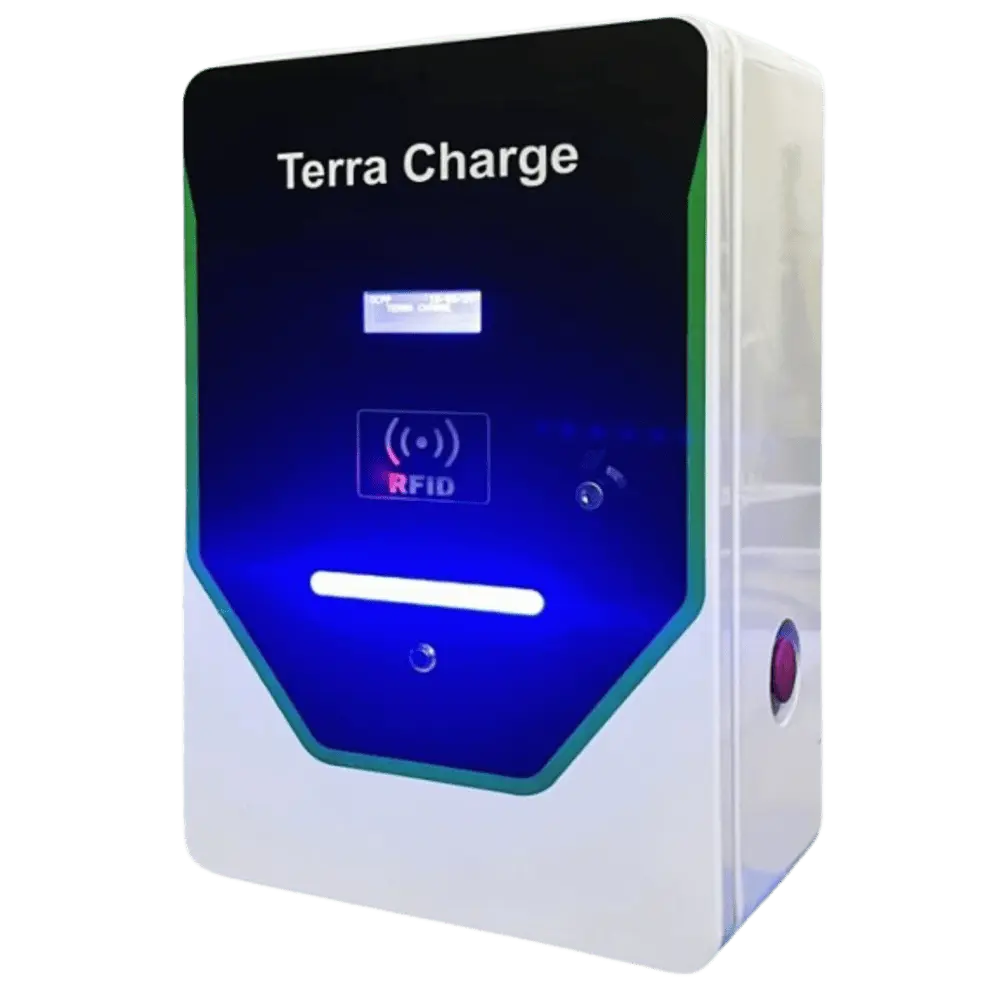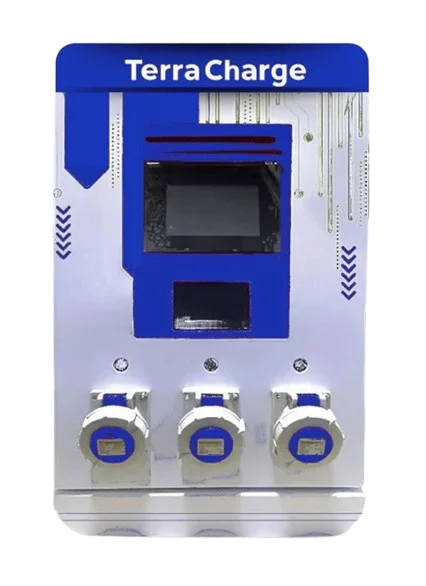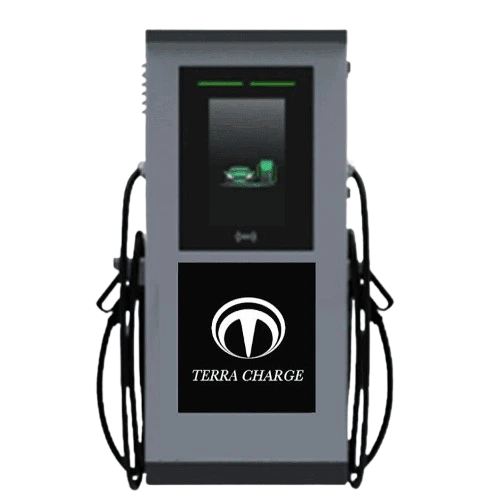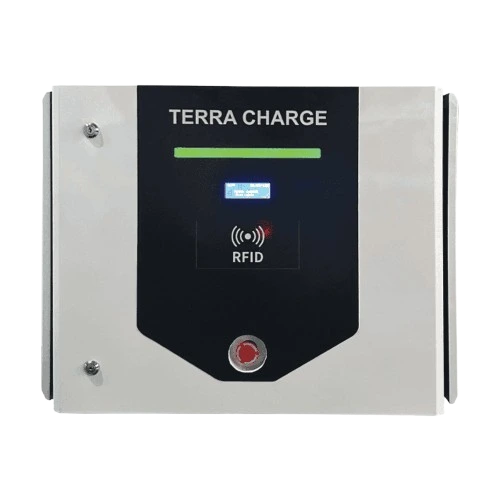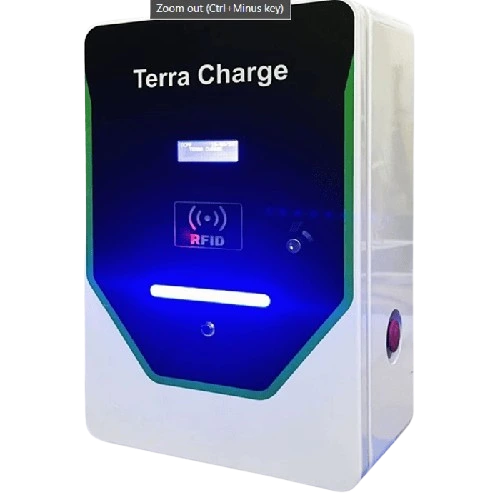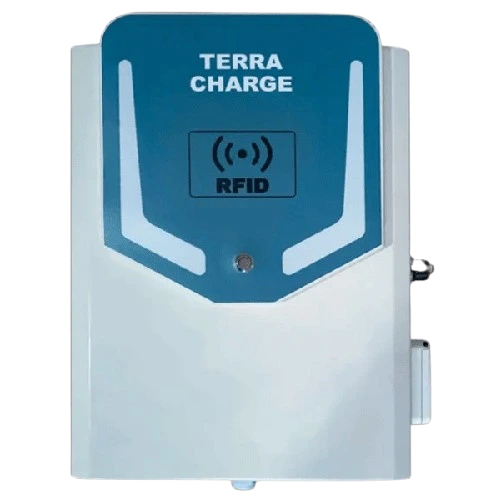Introduction:
The world is undergoing a clean energy transition, with countries actively adopting renewable energy sources like solar and wind power. This shift necessitates a robust digital infrastructure to manage the increasingly complex energy ecosystem. Enter the Unified Energy Interface (UEI), a game-changer in standardizing energy transactions.
Understanding UEI for Charging Stations
UEI is an open network protocol built on the Beckn Protocol, an Indian innovation enabling open communication between applications. Imagine UEI as a universal translator for energy systems, allowing different entities to interact seamlessly. It facilitates transactions across various energy sources, including solar and wind power, battery charging, and EV charging services.
How Does UEI Work?
Think of UEI as a three-part system:
- Beckn Gateway (BG): Acts as a central registry, listing all registered participants (buyers and sellers) in the energy market. It broadcasts search queries from buyers (Beckn Application Providers or BAPs) to all registered sellers (Beckn Platform Providers or BPPs).
- Beckn Application Provider (BAP): Represents the user-facing apps, like PayTM or Google Pay for energy services. Users interact with BAPs through apps or vehicle interfaces to discover energy providers, compare options, and initiate transactions.
- Beckn Platform Provider (BPP): Represents the seller side, such as charge point operators (CPOs) for EV charging. BPPs connect with BAPs to manage transactions and fulfill service requests.
Crucially, UEI doesn’t physically transfer energy. It facilitates the creation of energy transfer contracts that ultimately result in physical delivery through existing infrastructure like power lines and transformers.
Benefits of UEI
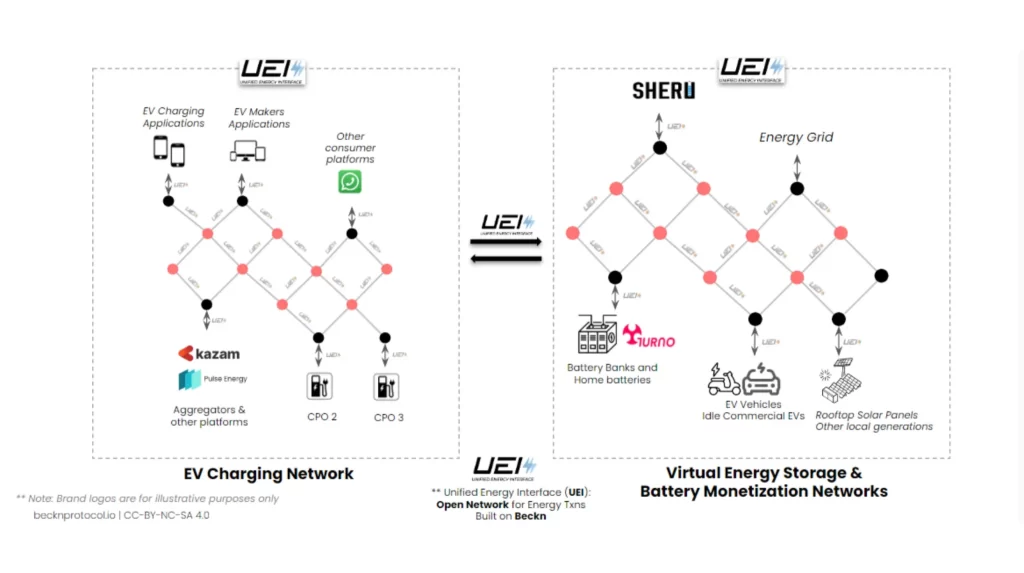
UEI offers a win-win situation for both consumers and providers:
- Effortless Energy for Consumers: Imagine locating compatible EV charging stations regardless of the provider, all through a single app. UEI eliminates the need for multiple apps and memberships, simplifying energy needs.
- Streamlined Operations for Providers: Managing complex energy systems can be a burden. UEI provides a standardized approach, streamlining communication and simplifying operations for providers, allowing them to focus on innovation and service delivery.
- Greener Grid, Brighter Future: Integrating renewable energy sources into the grid is crucial for sustainability. UEI facilitates this by connecting different energy types, paving the way for a cleaner and more environmentally friendly energy ecosystem.
- Encourage Innovation: UEI’s open architecture fosters competition and encourages new ideas. Startups and established players can collaborate to develop creative solutions, ultimately benefiting consumers with more choices and potentially lower costs.
- Powering Informed Decisions: UEI promotes transparency by providing standardized data across different providers. This empowers consumers to make informed decisions about their energy usage and potentially save money.
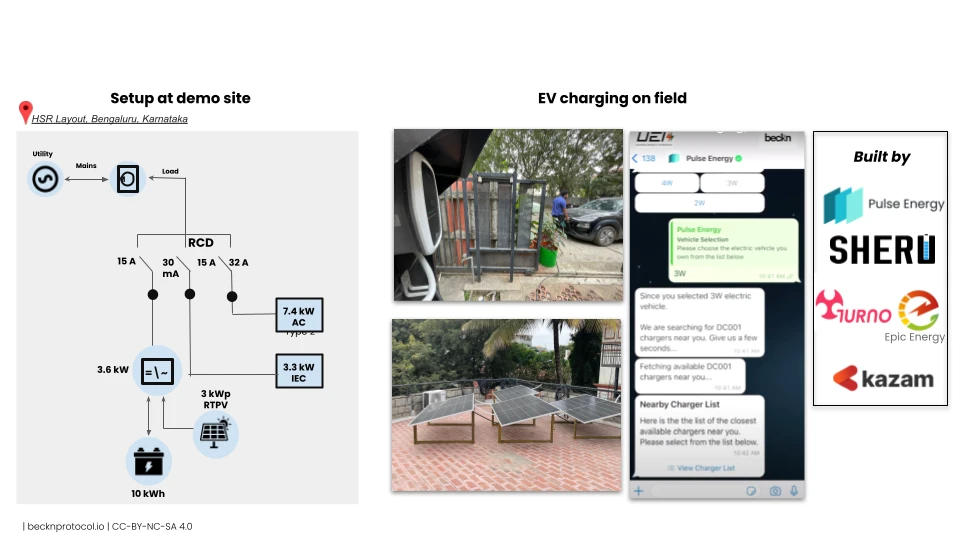
Applications of UEI
UEI supports various platforms and applications, including:
- Peer-to-Peer (P2P) Electricity Trading: UEI streamlines P2P electricity trading by enabling direct payments between peers while allowing utilities to collect wheeling charges.
- EV Charging: UEI simplifies EV charging by establishing a seamless network between consumers, service providers, and charging stations. It allows for innovation and flexibility in the EV charging market.
- Virtual Energy Storage & Battery Monetization Networks: UEI enables the creation of virtual energy storage networks, facilitating the management of distributed energy storage devices and EV charging units.
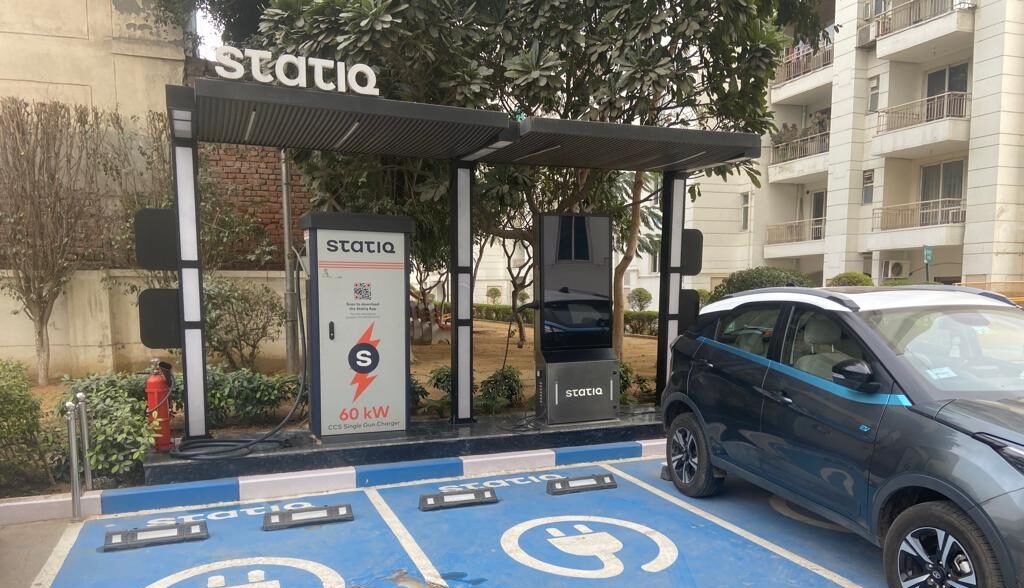
Why we need UEI:
The current energy landscape is fragmented, making it difficult for different players to interact and transact seamlessly. Here’s why UEI is crucial:
- Fragmented Ecosystem: Before UEI, there were multiple apps and systems for different energy providers, making it cumbersome for consumers to find compatible options. UEI creates a unified platform, simplifying energy access.
- Complexities in P2P Trading: Peer-to-peer electricity trading, where individuals can sell surplus solar power to neighbors, faces challenges in managing payments. UEI facilitates direct payments between peers while ensuring utilities receive their dues.
- Hurdles in EV Charging: Currently, using different EV charging stations often requires separate memberships and apps. UEI creates a standardized network, allowing easy discovery and use of charging stations regardless of the provider.
- Integration of Renewables: A key challenge in clean energy transition is integrating renewable sources like solar and wind into the existing grid. UEI helps connect various energy types, facilitating a smoother transition.
- Limited Innovation: Closed systems restrict innovation in the energy sector. UEI’s open architecture fosters competition and encourages new ideas, ultimately benefiting consumers.
In essence, UEI acts as a bridge between different parts of the energy ecosystem, enabling smoother transactions, increased innovation, and a more efficient path towards a clean energy future.

The Road Ahead
UEI is a significant innovation in the energy sector. It acts as a universal translator for digital energy systems, enabling seamless transactions and fostering a more efficient and sustainable energy ecosystem. By promoting open communication, innovation, and consumer choice, UEI paves the way for a brighter future powered by clean energy.


